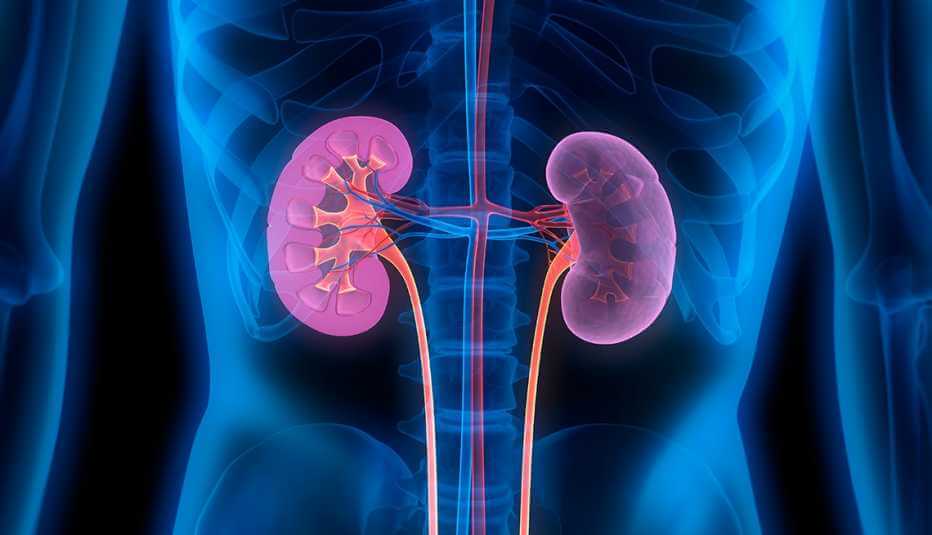Navigating Kidney Disease: Understanding Treatment Options Beyond Hemodialysis
Kidney disease is a progressive condition that affects millions of people worldwide. As the kidneys lose their ability to filter waste products and excess fluids from the blood, various health complications can arise. When kidney function deteriorates significantly, treatment becomes essential to manage waste buildup and maintain overall health.
This article sheds light on kidney disease and explores treatment options beyond the widely known hemodialysis. We’ll discuss the potential of kidney transplantation and the role of angiography in diagnosing vascular problems related to kidney health.
Beyond Waste Removal: Understanding Kidney Disease
The kidneys are remarkable organs that perform a multitude of vital functions:
- Waste Removal: They filter waste products generated by cellular metabolism from the blood, preventing their accumulation and potential harm.
- Fluid Balance: The kidneys regulate fluid levels in the body, ensuring proper blood pressure and preventing edema (swelling).
- Electrolyte Balance: They maintain a healthy balance of electrolytes, essential minerals that regulate various bodily functions like muscle contractions and nerve impulses.
- Hormone Production: The kidneys produce hormones that regulate blood pressure, red blood cell production, and bone health.
When kidney disease strikes, these functions become progressively compromised. As the disease progresses, treatment becomes essential to address waste buildup and maintain overall health.
Hemodialysis: A Lifesaving Treatment for Kidney Failure
Hemodialysis is a life-sustaining treatment for individuals with kidney failure. Here’s a breakdown of this dialysis process:
- The Process: Hemodialysis works by artificially removing waste products and excess fluids from the blood outside the body. Blood is drawn from the body through a needle or catheter and circulated through a machine called a dialyzer. In the dialyzer, a filtering process removes waste products, and the cleaned blood is then returned to the body.
- Frequency and Duration: Hemodialysis treatments are typically performed three times per week for several hours each session. The specific schedule and duration may vary depending on individual needs.
- Vascular Access: To facilitate hemodialysis, a vascular access point needs to be created for blood removal and return. This can be a fistula (connection between an artery and vein), a graft (using synthetic material), or a catheter placed in a large vein.
The Role of Angiography in Kidney Disease Diagnosis
In some cases, vascular issues might contribute to kidney problems. Here’s where angiography comes into play:
- What is Angiography: Angiography is an imaging technique that uses X-rays to visualize blood vessels. During the procedure, a contrast dye is injected into the bloodstream, and X-ray images are captured to identify any blockages or abnormalities in the blood vessels.
- Angiography for Kidney Disease: Angiography can be used to diagnose conditions like renal artery stenosis, a narrowing of the arteries supplying blood to the kidneys. This narrowing can lead to reduced blood flow to the kidneys, potentially contributing to kidney dysfunction.
- Treatment Implications: If angiography reveals a blockage in the renal artery, treatment options like angioplasty or stenting might be pursued to improve blood flow to the kidneys and potentially prevent further decline in kidney function.


